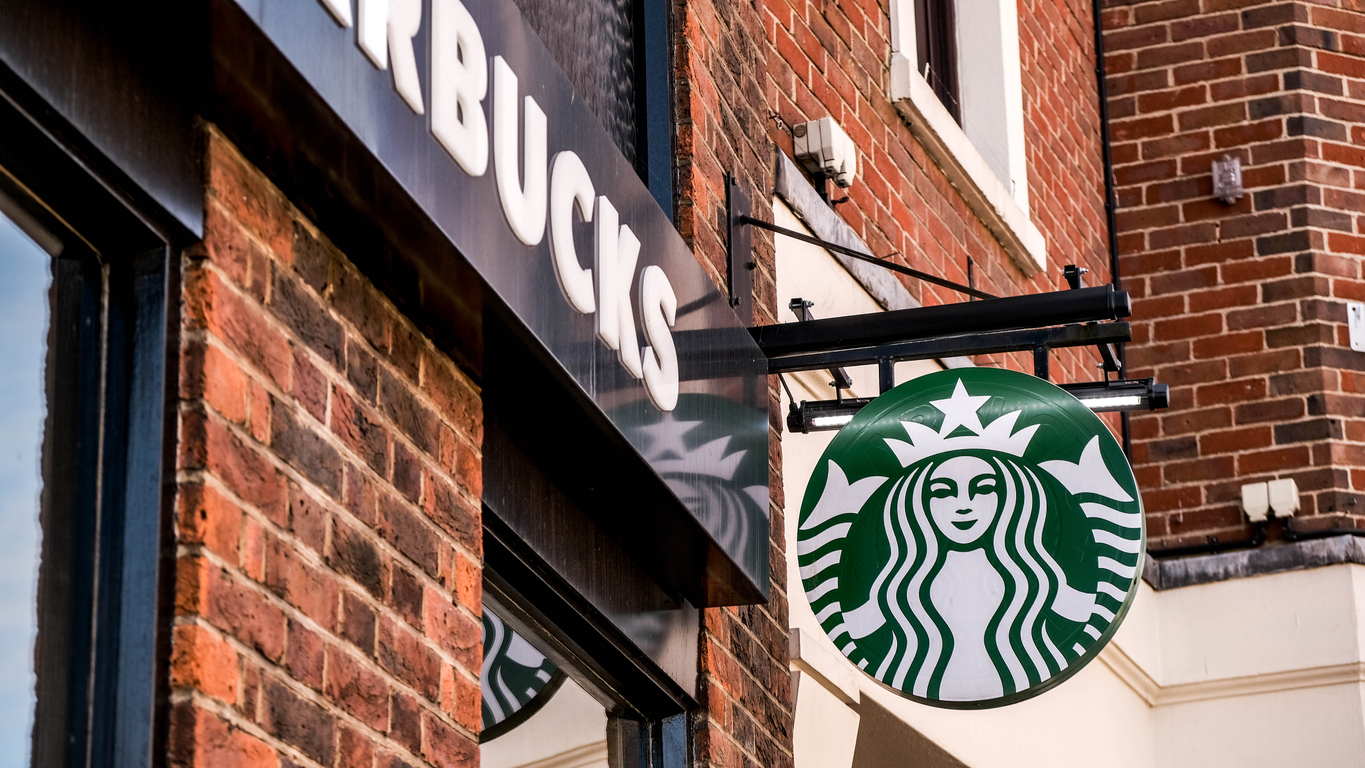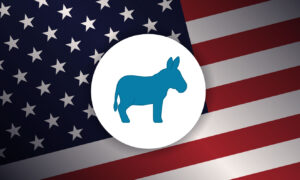The Scoop: Starbucks struggles to cope with protests, vandalism after union’s Palestine comments
Plus: CNBC questions Target’s store closure narrative; memes explain the economy.

This Wall Street Journal story about Starbucks involves some of the biggest storylines of 2023.
There’s the Israel-Hamas conflict. There’s unionization. There’s social activism against a corporation. And, Starbucks believes, there’s misinformation.
The issue began in early October, shortly after the war in the Middle East began. Social media accounts belonging to Starbucks Workers United and affiliated local organizers expressed support for Palestine. This angered some Jewish leaders, who called for a boycott of the coffee giant.
Starbucks fought back, saying it disagreed with the union’s statements and condemning the acts of terrorism that began the conflict. It even went so far as to sue the union for trademark infringement. The union responded by countersuing for defamation.
But the damage was already done.
“Many of our stores have experienced incidents of vandalism,” Starbucks CEO Laxman Narasimhan wrote in an end-of-year letter to workers. “We see protestors influenced by misrepresentation on social media of what we stand for.”
Laxman noted that this is a symptom of the broader state of the world. “It has unleashed violence against the innocent, hate and weaponized speech, and lies — all of which we condemn.”
Why it matters
This story is 2023 in a nutshell — and a worrying preview of 2024.
We saw similar issues play out in elite universities across the country, when student groups or faculty gave statements that were contrary to the schools’ official stances. Yet in just the same way, the institutions were held accountable for these statements in a way that continues to reverberate today.
We’ve also continued to see the rising power of unions across the country. Successful strikes by autoworkers and Hollywood talent have revitalized organized labor in a big way.
And finally, the power of social media taking a single thread and turning it into real-world violence poses an ongoing threat to the safety of workers, a trend we saw disturbingly play out with the Target Pride controversy earlier this year.
As we head into an election year, all of these tensions will only grow. As communicators, we must do our best to plan for these contingencies, offer fast, clear responses and, above all, do what we can to calm enflamed emotions. It’s no easy task, and certainly one we can’t accomplish alone. But we must try.
Editors Top Picks
- Speaking of Target, it has had a tumultuous year even beyond the Pride blowback. The retailer also shuttered nine stores, blaming organized retail theft and violence. This all played into a broader political narrative about the safety of large urban areas in the United States. However, CNBC conducted an investigation that found that the Target stores that closed actually experienced lower theft and violence than nearby stores. CNBC accused Target of using the closures as cover for falling profits and to push for higher penalties for organized retail theft. In response to the investigation, Target continued to blame crime for the closures and pointed to the stores it had opened or remodeled in the last year. This story shows that while media may be shrinking, an investigation can still reveal what companies wish to conceal. Make sure your ducks are in a row and the truth is on your side before issuing statements of such sweeping importance.
- A clever New York Times piece explains the economy through the year’s biggest social media memes. The popularity of “He’s Just Ken” from the “Barbie” movie reveals a sentiment that women are taking over the labor market as men’s dominance begins to recede. “Girl dinner,” a description of a supper of little snacks, reveals the effect of inflation on food prices. And the wild popularity of Taylor Swift and Beyoncé showed what women were still willing to spend money on. The article reveals that memes are deeper than they appear — they resonate because they speak to some broader truth, even if wrapped up in a silly package.
- But don’t believe everything you see on social media. For the first time, Netflix released its full viewership numbers, opening its black box of data. And the results are surprising. As The Verge reported, the shows that got the most viewership weren’t necessarily the ones people were most eager to discuss on social media. “The Crown” and “Better Call Saul” didn’t top the viewership lists — “Ginny and Georgia” and “The Glory” did. While many in PR must be extremely online as part of the gig, our audience may not be. There’s a big, wide world outside of social media. Don’t assume your audience is all like you.
This is our last Scoop of 2023! Thank you for reading, and we’ll see you back here on Jan. 3.
Allison Carter is editor-in-chief of PR Daily. Follow her on Twitter or LinkedIn.








Wow, how biased can this post be? Do not compare Pro-Palestinian activists to the neanderthals assaulting Target workers over Pride merchandise.
Have to disagree with your take on unions, that the recent victories in strikes have “revitalized [unions] in a big way.” As you often write in The Scoop, look at the data.
The percentage of workers in unions in the US remains at 10%, down even from 20% in 1983. In the 1950s, 1 in 3 US workers were unionized, now it’s 1 in 10.
Yet Americans’ support for unions is far higher, roughly 66%, according to a recent Gallup poll. This has been so for a number of years.
In one sense, you’re right. The number of Americans striking in 2023 was far higher than in recent years. If that’s your definition of “revitalized in a big way” then fine.
So, while recent strikes may have increased awareness and buzz around unions, saying they’re “revitalized in a big way” doesn’t seem to be a statement backed up by data, which is something communicators should avoid, right?
Hey there, thanks for replying! Yes, I was specifically speaking to union gains through strikes and collective bargaining, not necessarily membership, though we are seeing increased pushes to unionize in sectors including warehouse workers, Starbucks employees, media workers and more. That might not yet be reflected in membership, but I think the general statement still stands.
Happy holidays!